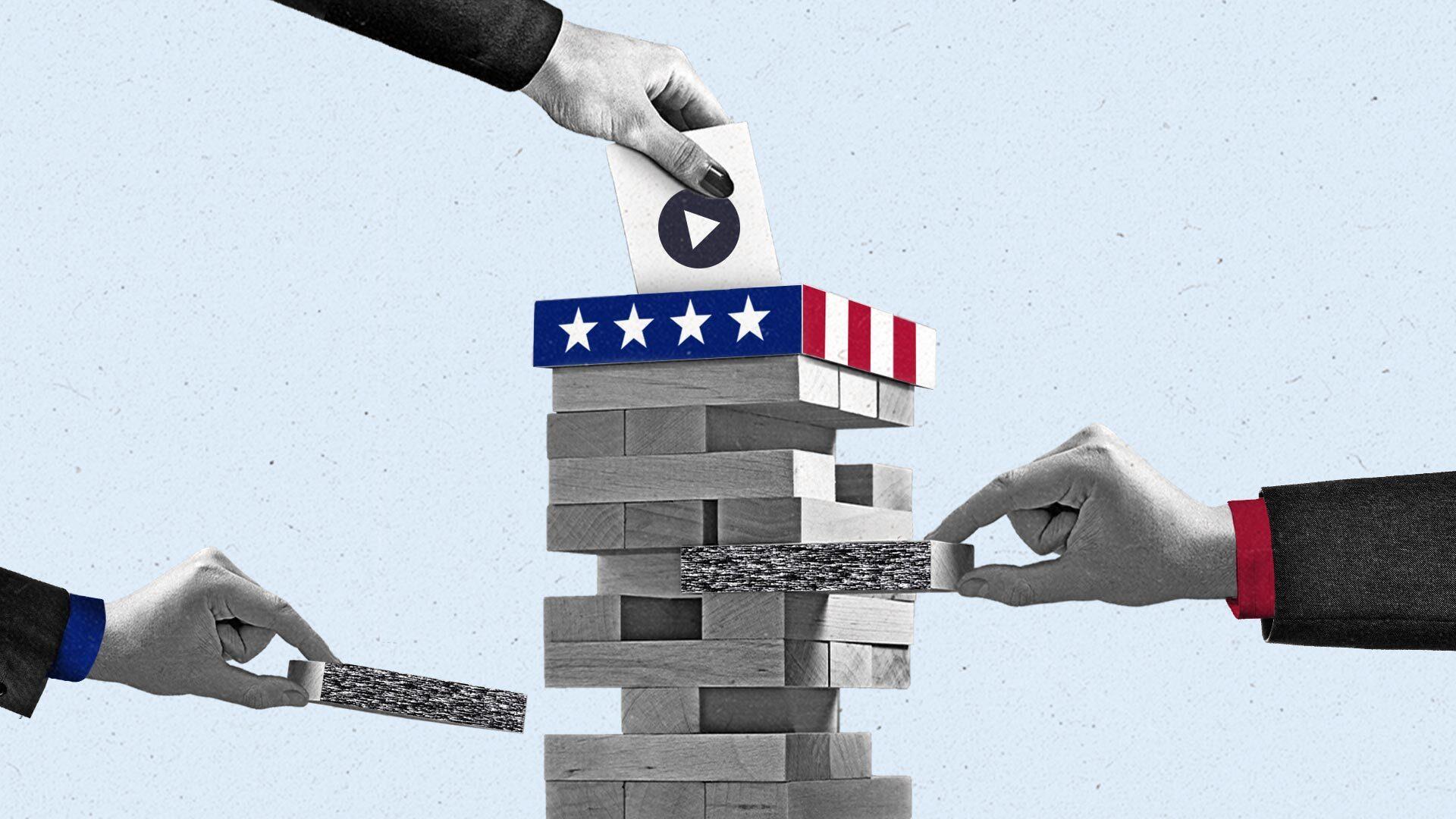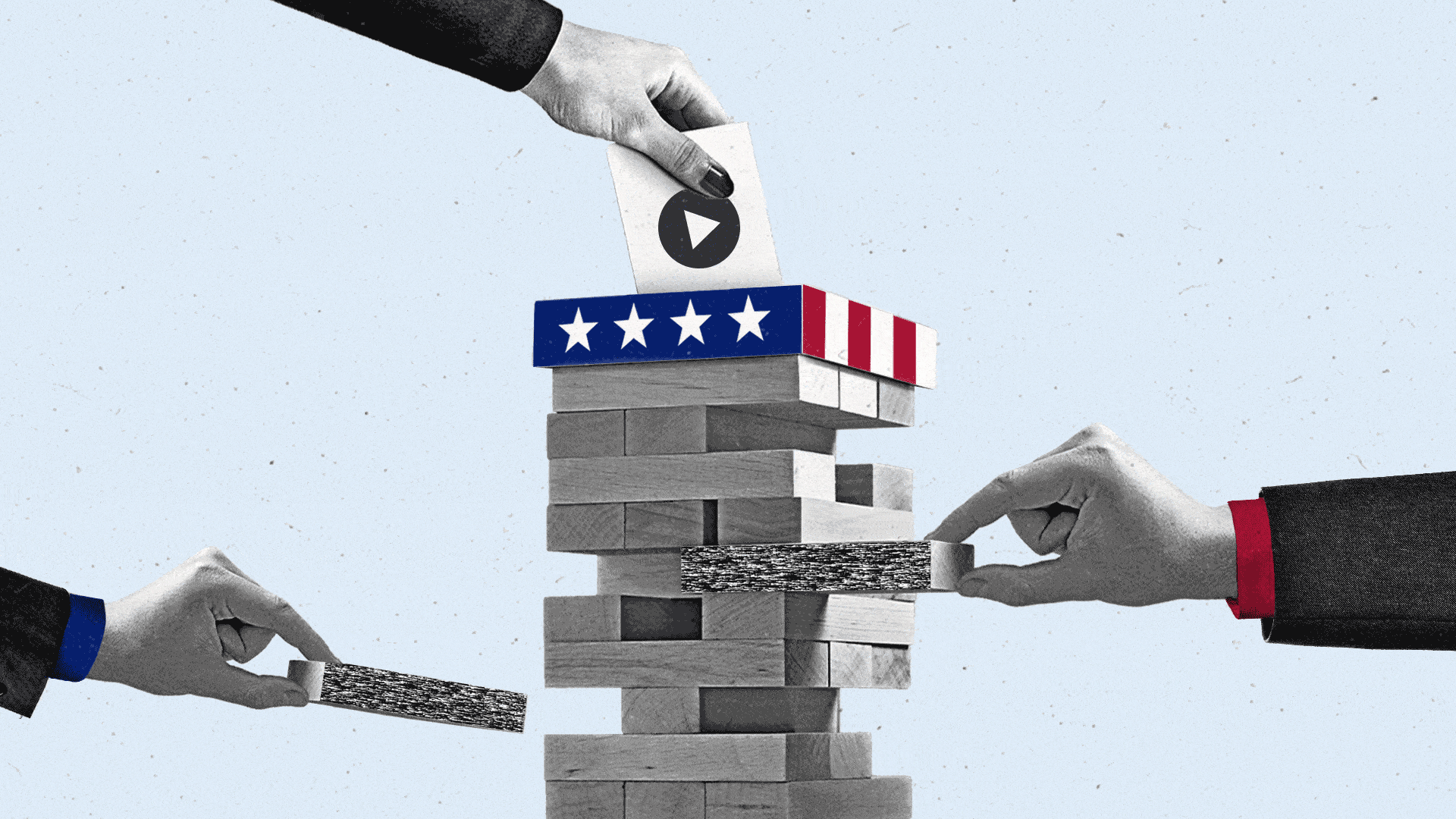73% of U.S. swing voters are reachable with streaming TV ads

Here’s the thing:
With the U.S. presidential race between Vice President Kamala Harris and former President Donald Trump in the final eight-week stretch, we can expect campaigns to begin spending big bucks in battleground states to reach those in the electorate with critical sway: swing voters.
What’s more, this election is shaping up to be the first one with a significant number of swing voters who can be reached through streaming. In fact, 73% of swing voters in battleground states are reachable with streaming TV ads, according to fresh data from ad analytics firm Cross Screen Media.
Data debrief:
The research captures party affiliation as well as battleground states. Pennsylvania boasts one of the largest shares of swing voters compared to other states who are more reachable on streaming (70%) than on linear TV (68%). And of the 11 key Pennsylvania media markets with the largest share of swing voters who only stream TV, Harrisburg tops the list at 25%.
Regarding battleground states with the largest share of swing voters who are streaming TV only, Arizona stands out with 34%; followed by Nevada (33%), Georgia (32%), Wisconsin (25%), Michigan (24%) and Pennsylvania (23%).
Meanwhile, overall, 60% of Republican voters and 68% of Democratic voters are reachable with streaming TV ads.
Why it matters:
All indicators point to an extremely close White House matchup, with many polls projecting a 50/50 result in November. Given that razor-thin margins could determine the outcome, shoring up swing votes is paramount, and some media strategists believe that digital spend is a sure way to tilt the balance.
“I think political consultants are finally moving away from broadcast and cable and toward digital,” said Alec Eskind, senior digital strategist at political agency AL Media Strategy, in an interview last month with The Current during the Democratic National Convention in Chicago. “You can use your resources more efficiently and I think you’re reaching more and different kinds of people,” he said.
EMarketer projects the 2024 election will be the most expensive political cycle of all time, at $12 billion across all media for all races, up from $9.6 billion in 2020. Additionally, The Trade Desk Intelligence predicts digital ad spend to increase 156% over 2020 levels to reach $3.46 billion. Of that amount, CTV investment is projected to see $1.9 billion in spend, compared to $1.08 billion in 2022.
Subscribe to The Current
Subscribe to The Current newsletter
